Maneuvering our artificial tree out of storage (in my train room closet) is a job I typically prefer to handle. But for the second task, my son Theo is always there to assist in assembling his Lionel no. 31960 The Polar Express train set under the tree.
In little more than 15 minutes, Theo and I can assemble a loop of O gauge track and start trains running. It’s sometimes astounding to think that even in the short span we’re working to build our holiday display, we’re also laying the groundwork for a life-long appreciation of the toy train hobby. Granted, the experience wouldn’t be as positive if the process hadn’t gone smoothly.
To help keep the tradition enjoyable, we’ve got a few steps that we follow each year. Following these suggestions won’t ensure that the trains will run without issue, but it’s far less likely that problems will occur in the wee small hours of Christmas morning.
Before Theo and I begin to assemble the set, I always lay down a 4 x 4-foot sheet of ¼-inch-thick plywood to serve as a solid surface for both the Christmas tree and the loop of track.
While a flat and level surface keeps our tree from leaning, I’ve also found that trains perform more reliably if they don’t have to contend with undulating track grades or an unsteady roadbed.
Now we’re ready for the train set!
However, I do monitor how much smoke fluid he adds. Add any more than four or five drops and you’ll likely end up overfilling the reservoir, resulting in a trail of fluid around your track. For the same reason, I always run out the smoke before storing the locomotive at the end of the season.
To avoid any emergency vet bills, I have Theo place the figures in a snack-sized plastic storage bag when he parks the train for the night and after we store it at the end of the holiday fun.
Save the box. Although I seldom save the original boxes for my modern-era trains, I do make an exception with the boxes for my locomotives and train sets. An original box can bolster the resale value of a product, but my real intent is to retain a secure place to store trains when they’re not in use.
Train sets are often packed into form-fitting slots designed to hold specific trains, track, and transformers secure throughout shipping. If you opt to recycle or resell the box, your next best bet is a watertight plastic storage tub with a lid





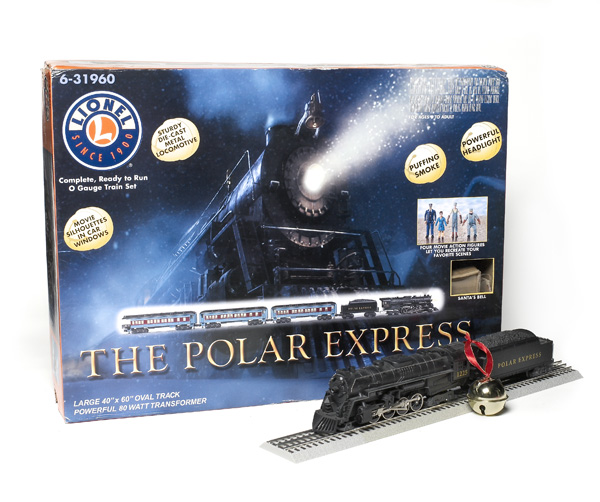
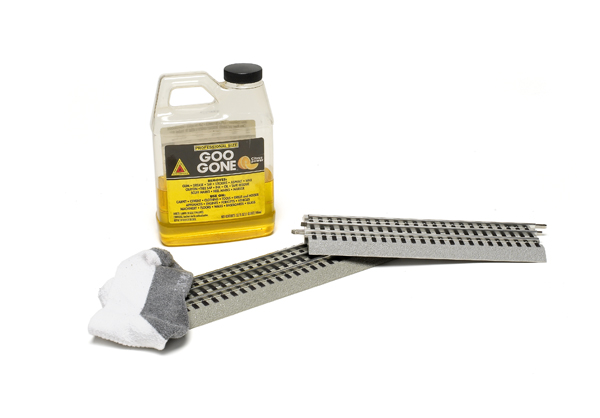
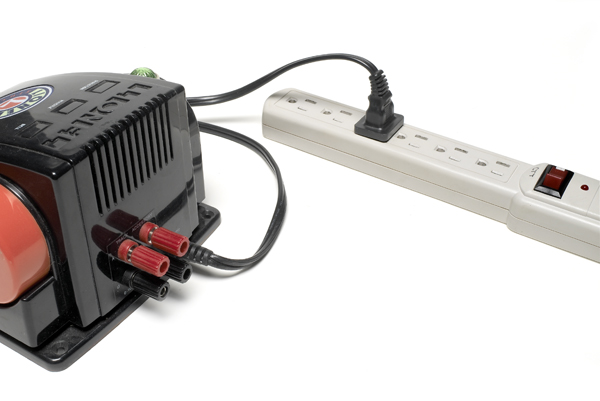
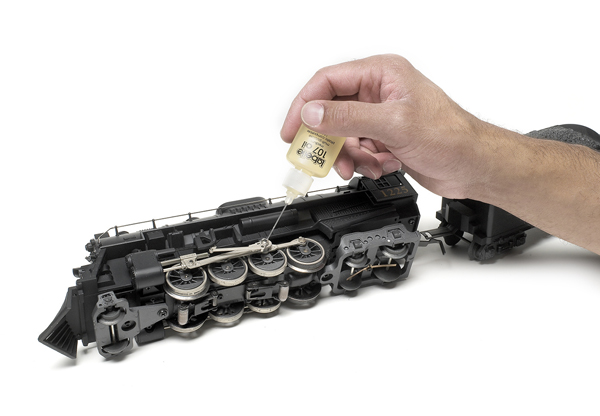
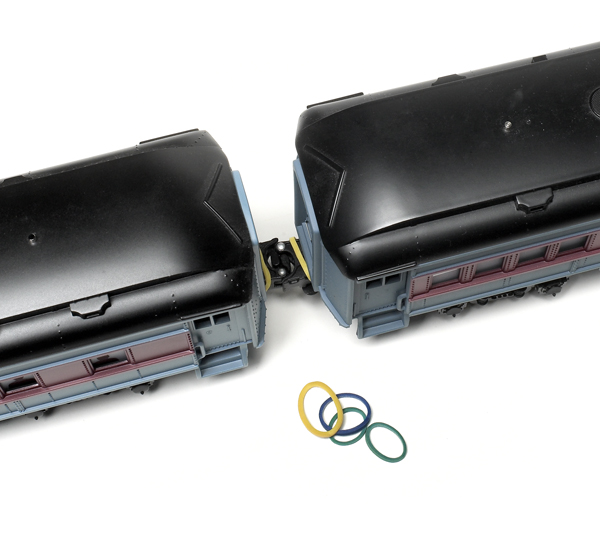
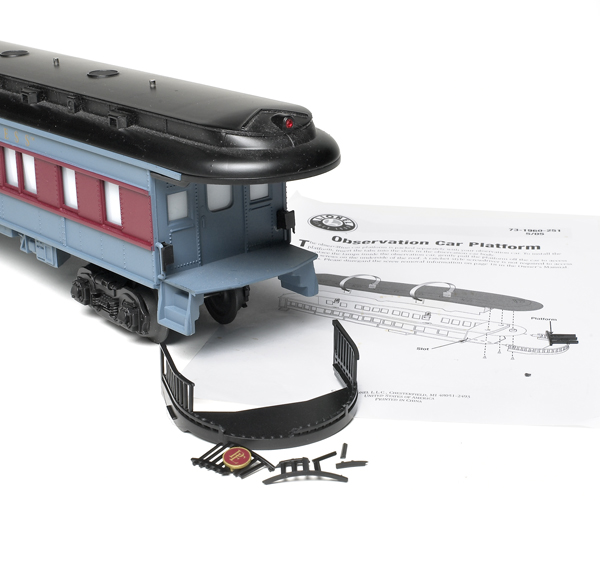
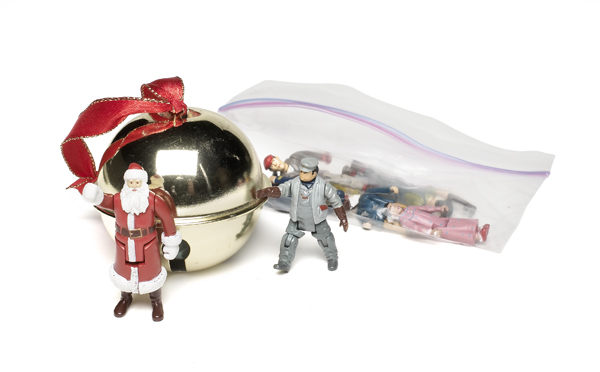

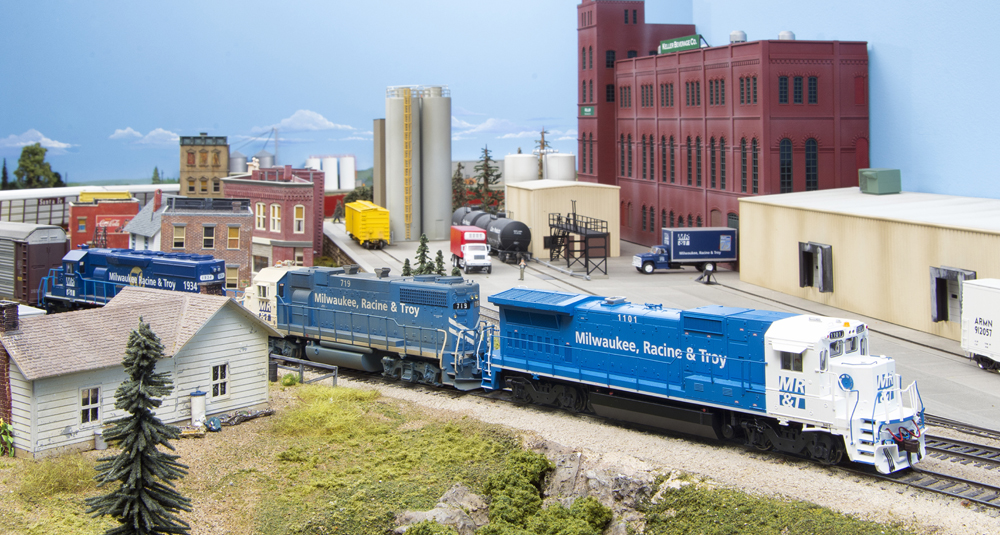
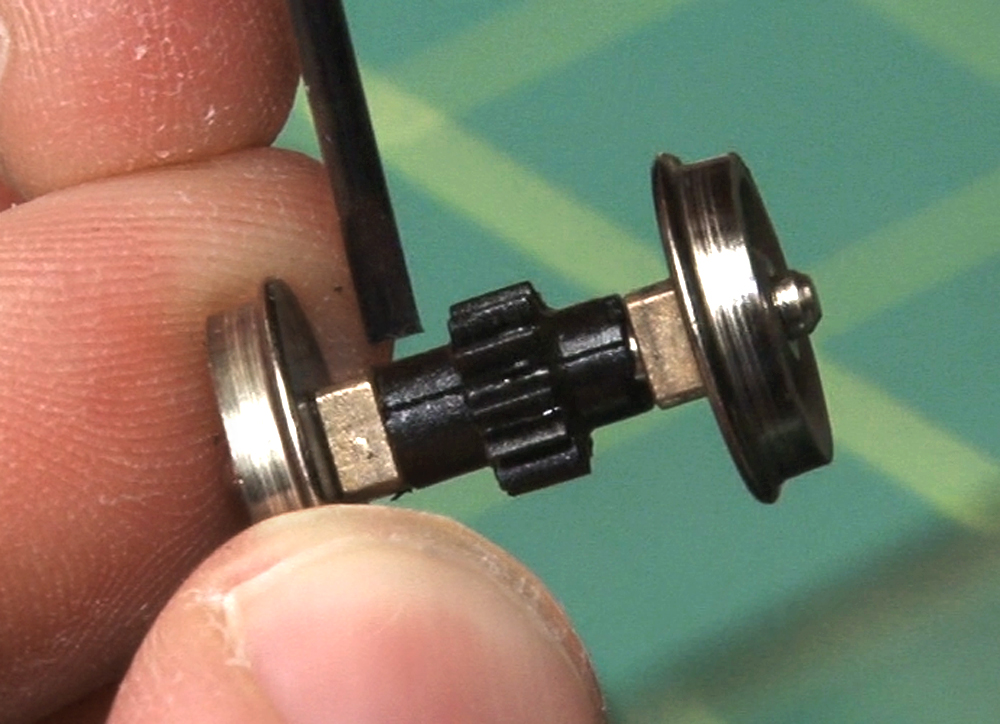
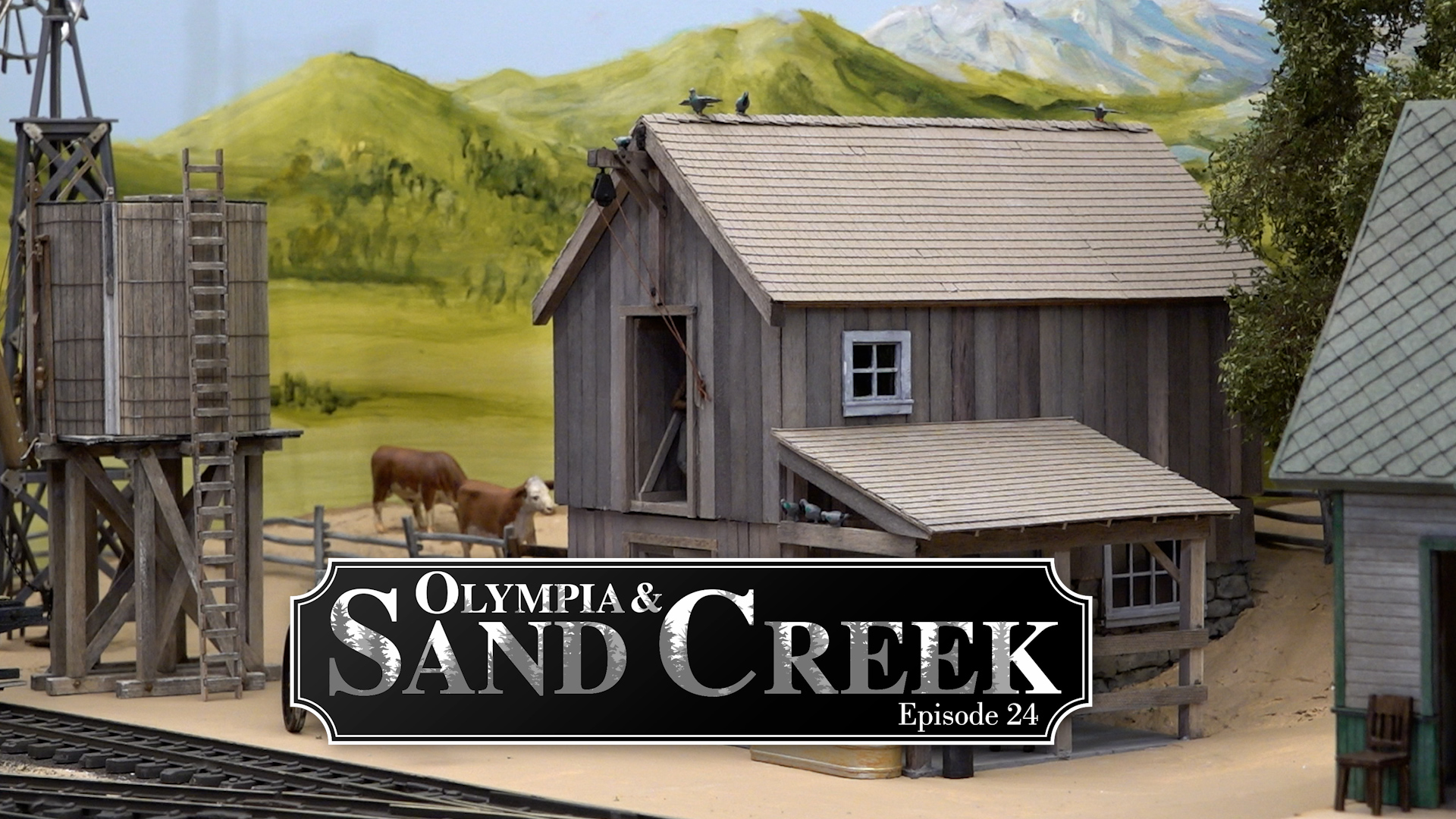
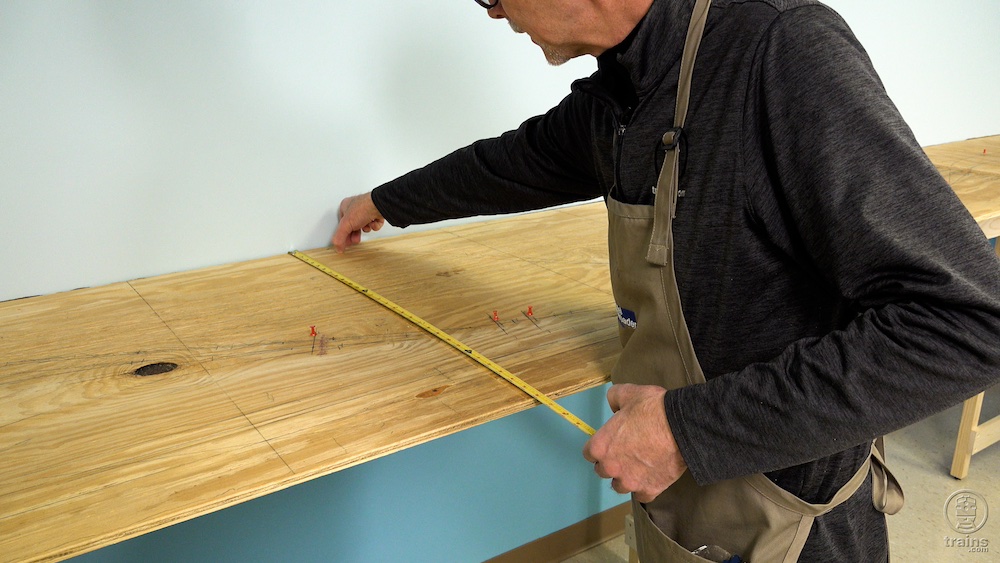




Great tips, but I would also use Lionel’s track cleaning eraser on the pickups of the locomotive and cars.
Goo Gone is wonderful stuff, but DON’T USE TO CLEAN TRACK OR WHEELS! It breaks down the traction tires on locomotives. Best to use track cleaner on a rag or saturated Q tip to wipe down track and then, if still dirty, wipe track with Scotch Brite pad.